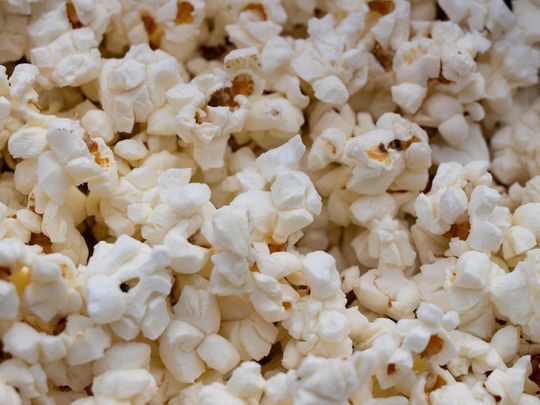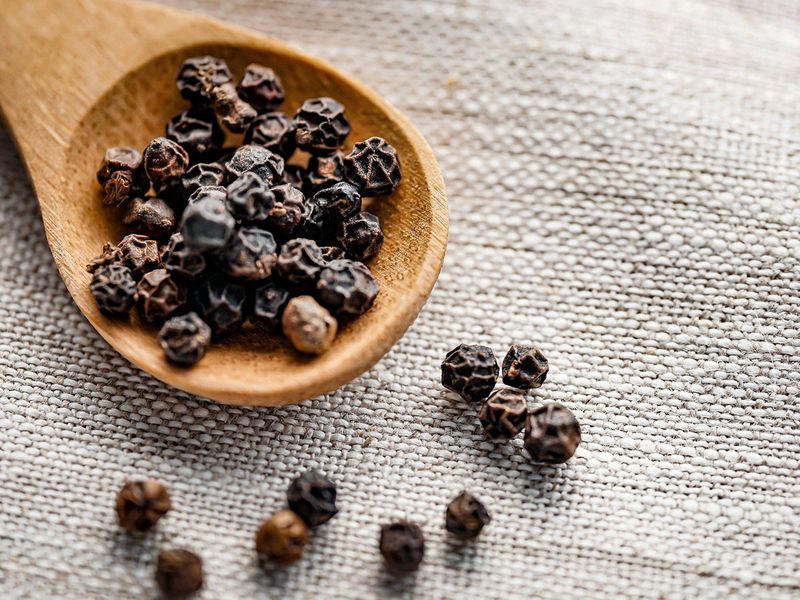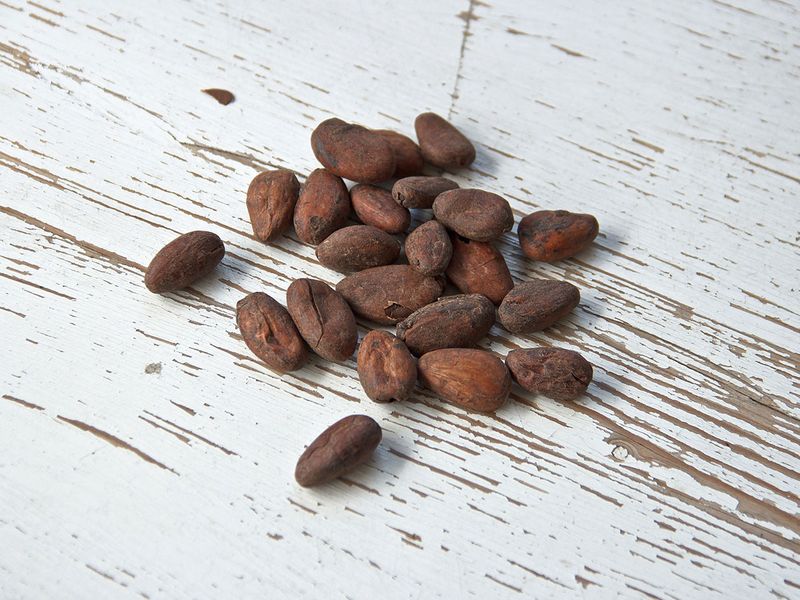
During World War II, the British minister for food ordered a complete ban on banana imports. People became so deprived of the fruit, they began making mock versions by adding banana essence to parsnips!
Click start to play today’s Spell It, where the word “cook” inspires our list of interesting food history tid-bits from around the world. Don’t forget to visit Gulf News’ Food section for recipes, guides and information about cooking and cuisines.
Here are a few other moments from the history of food, which may surprise you:
1. Popcorn was an ancient snack
A January 2012 study in the US-based journal Proceedings of the National Academy of Sciences found that people in Peru were eating popcorn about 6,700 years ago, according to analysis of ancient corncobs, husks, tassels and stalks unearthed at archaeological sites on Peru’s northern coast. They would wrap a cob in some material and rest it on coals, roast it over a direct flame, or cook it in an earthern oven. It’s likely early Peruvians were eating the corn as a snack, since archaeological evidence shows they did not eat it in large numbers.
2. Black pepper was worth more than its weight in gold

Spices were once worth enormous sums, because of the difficulty of obtaining them and the high cost of transportation. According to a January 1924 report in the US-based newspaper The Cambridge Sentinel, when Alaric the Goth conquered Rome in 410 AD, he asked for 3,000 pounds (1,360kg) of pepper as a ransom, which at the time was worth more than its weight in gold.
3. Lobsters were used as fertilisers

When the first European settlers reached North America, lobsters were so abundant, they would wash ashore in piles of up to two feet high, according to History.com. During hard times, people would make a meal out of lobsters, giving them the reputation of being “the poor man’s protein”. Native Americans even used lobsters to fertilize crops and bait their fishing hooks.
4. Cacao beans were currency

For centuries in Latin America, cacao beans were thought to be so valuable, they were used as currency. One bean could be traded for a tamale, a traditional Mesoamerican dish made of a corn-based dough with a cheese or meat filling. And 100 beans could be used to buy a good turkey hen, according to a 16th century Aztec document featured in the Smithsonian Magazine’s website.
What do you think of these food facts? Play today’s Spell It and tell us at games@gulfnews.com.







